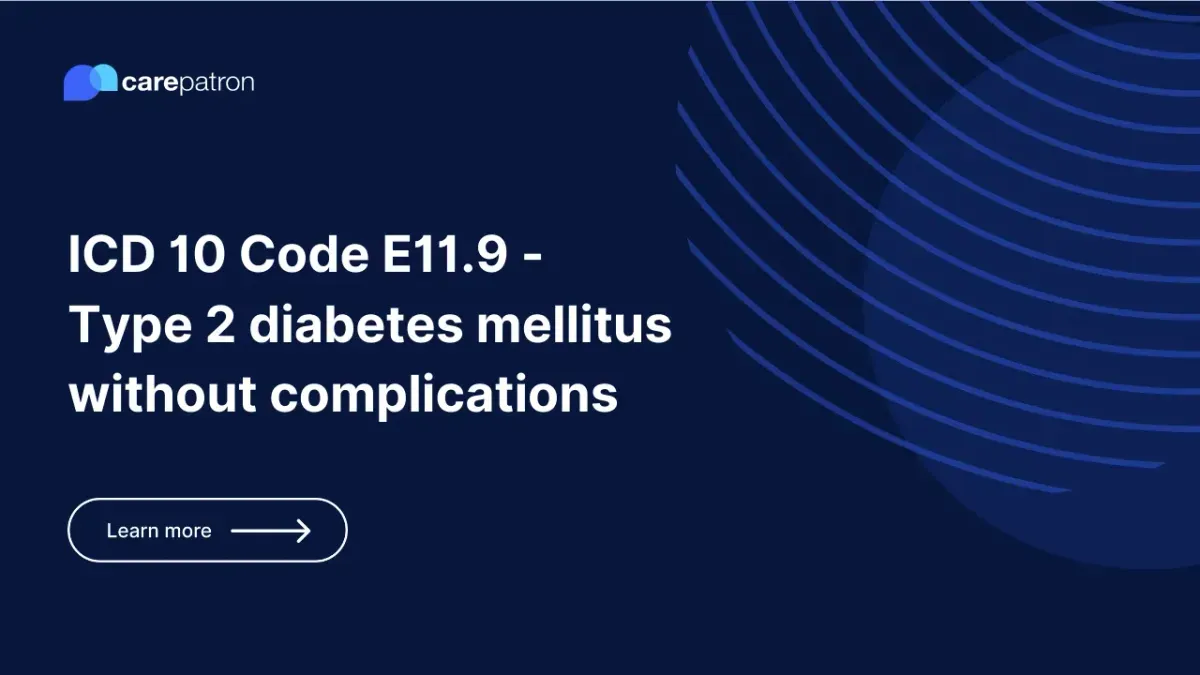
E11.9 – Type 2 Diabetes Mellitus Without Complications
The ICD-10-CM code E11.9 is used to diagnose a patient with Type 2 Diabetes Mellitus without complications. Learn about this code through this guide.
Use Code
EHR and practice management software
Get started for free
*No credit card required
Free
$0/usd
Unlimited clients
Telehealth
1GB of storage
Client portal text
Automated billing and online payments
